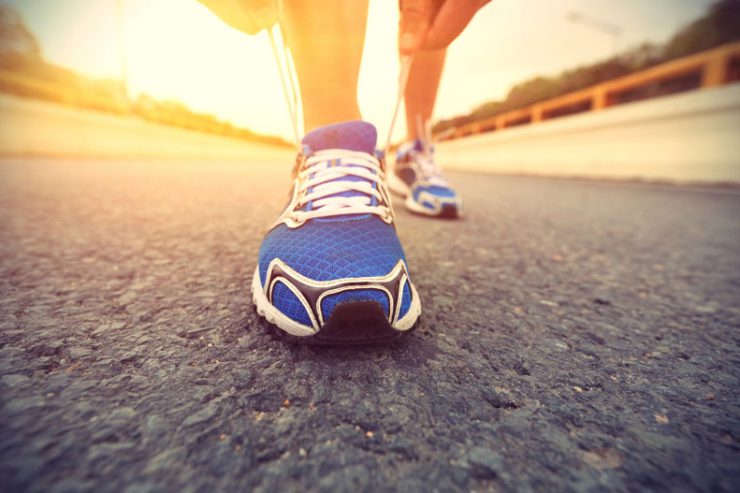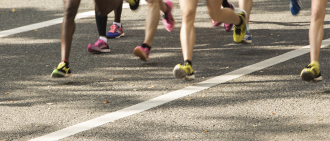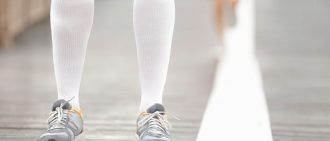When training for a marathon, you’ve got to have the right gear. Especially here in Pittsburgh, where our hometown marathon is in the spring, the right running gear for training through the winter is essential. Don’t worry, we’ve got you covered (pun intended!)
Here you’ll learn:
- Layering techniques for running outdoors in the cold
- How to find the right shoes for running
- Tips on the best gear for long distance running
- Compression gear and its benefits for athletes
-
Winter Workout Tips: How to Exercise Outdoors Safely
Completely lost about what to wear when you’re running outside in the cold? It’s easy to wear too much or too little. Check out our handy 3-step infographic to dressing for the conditions.Learn More
-
How to Find Marathon Running Shoes
Who knew there were so many types of running shoes out there? Sarah Ostop, PT, DPT, SCS, ATC, of UPMC Sports Medicine helps break it down so that you know why you need them, how the mechanics of your feet determine what kind of shoes you need, and how to get the right fit.Learn More
-
Running Gear for Long Distance Training and Marathon Race Day
Choosing the right gear to run in can be overwhelming. Our experts from UPMC Sports Medicine have tips for you through all stages of the process – buying gear, trying it on, getting dressed, and washingLearn More
-
Benefits of Compression Gear
Compression garments provide athletes with various health and performance benefits. Read more about the benefits, different types of compression gear, levels of compression, and when to wear.Learn More




